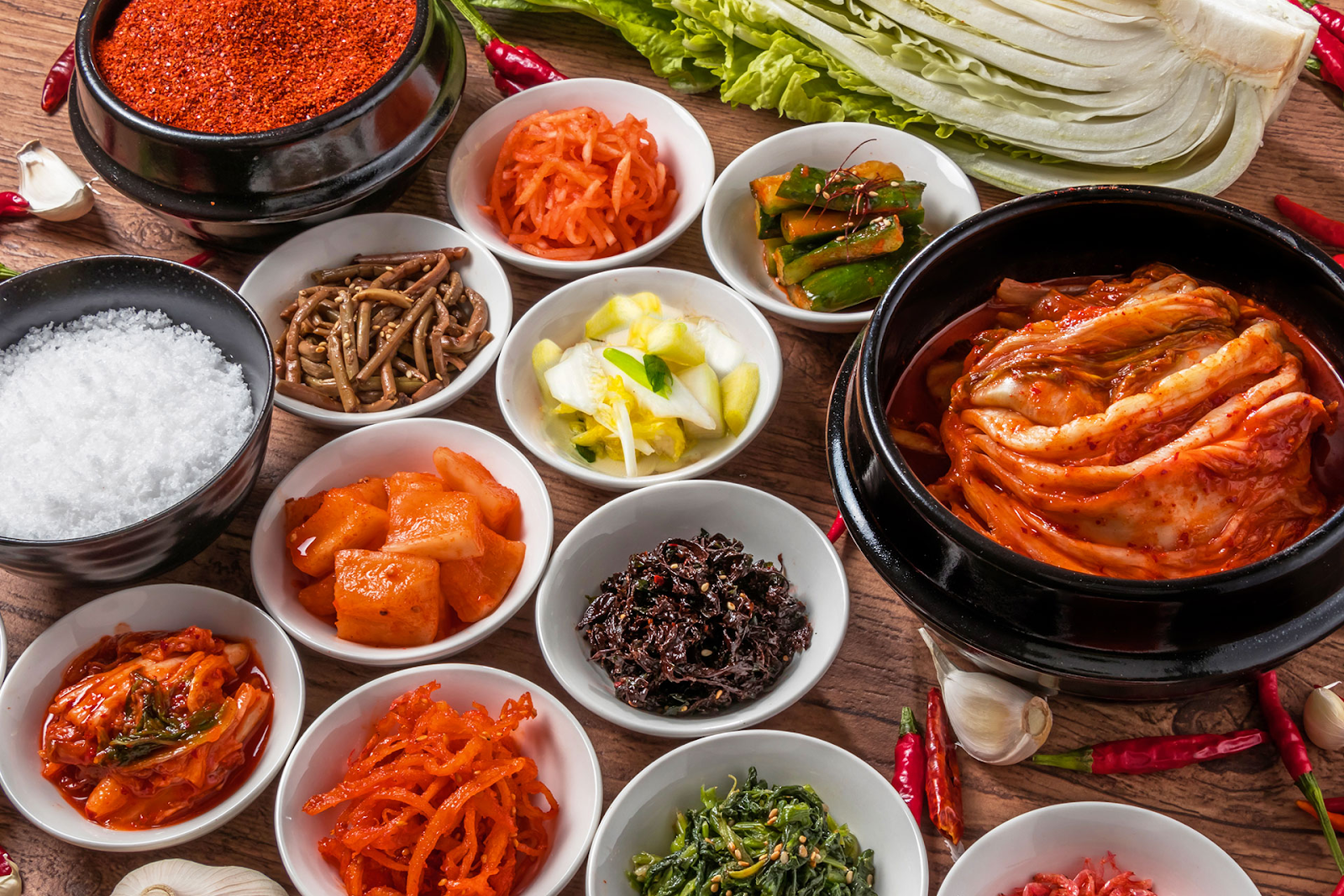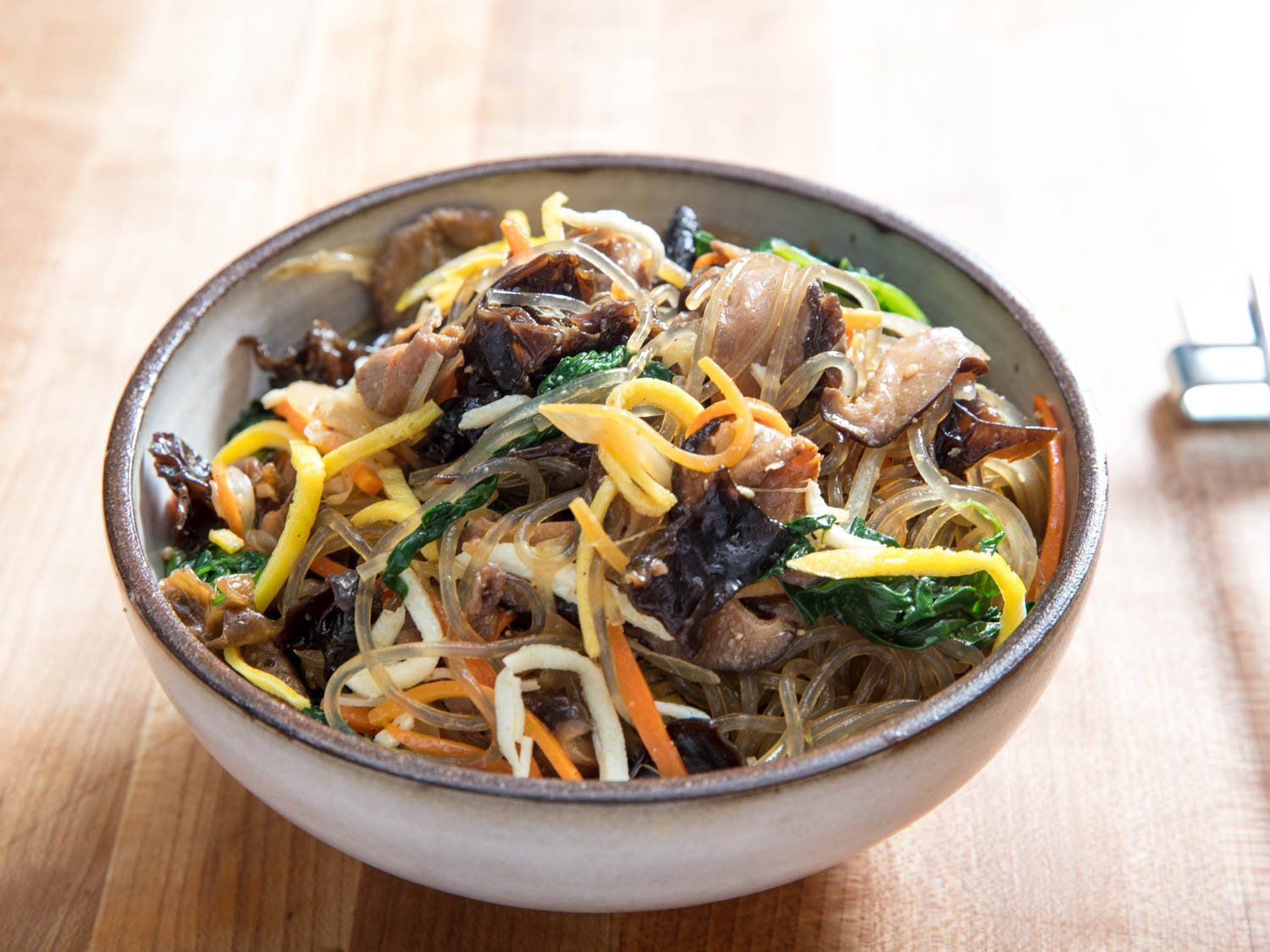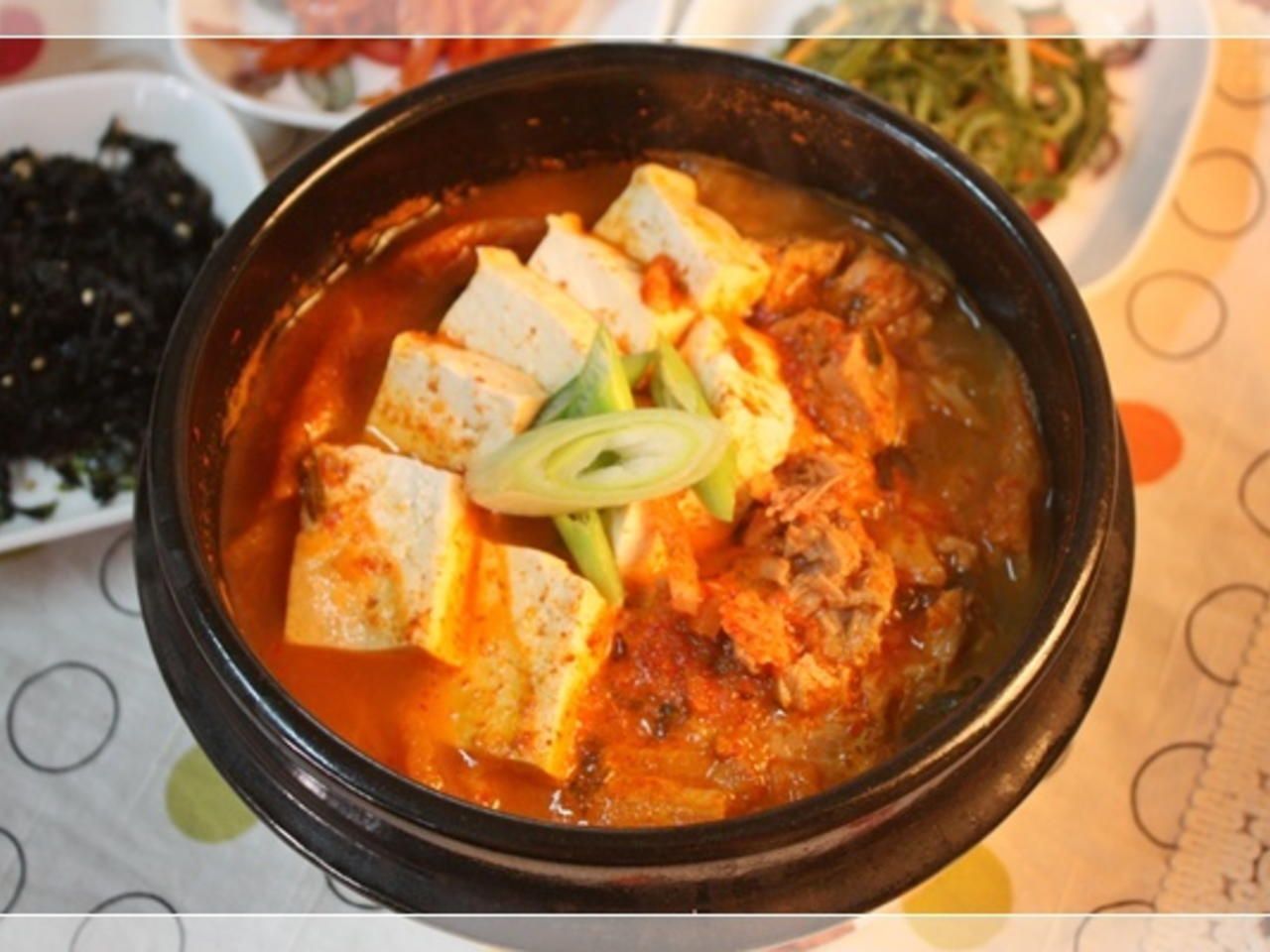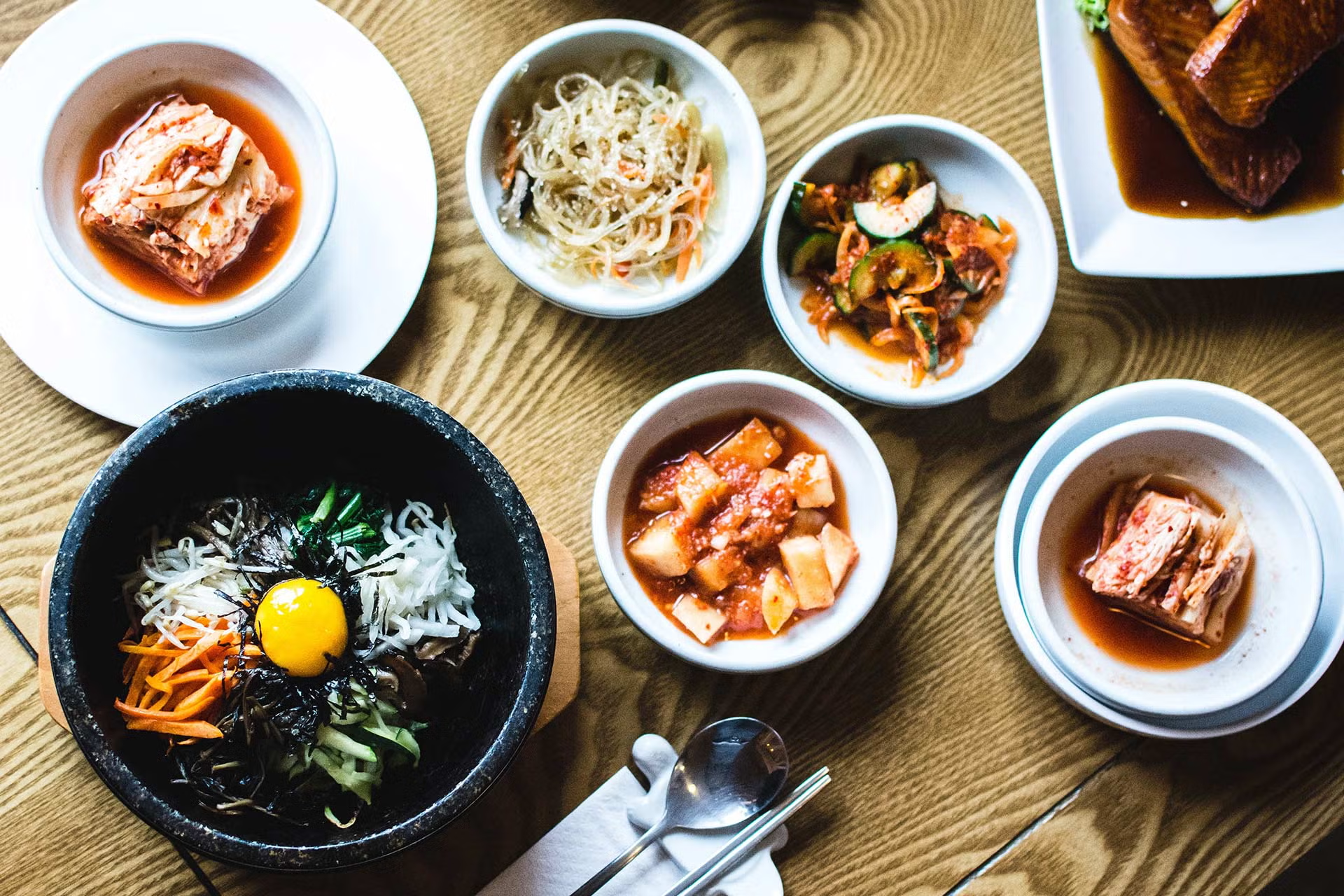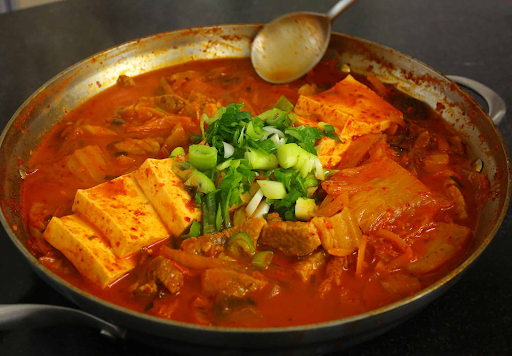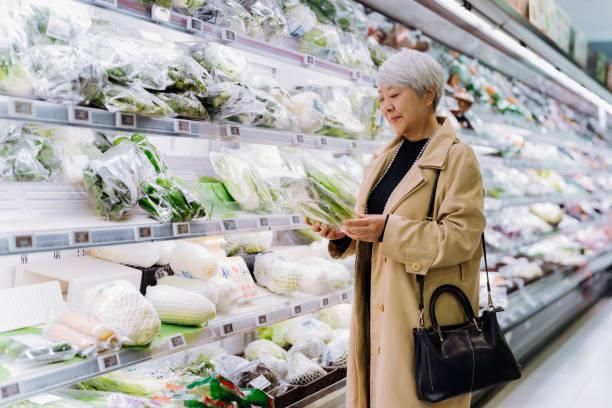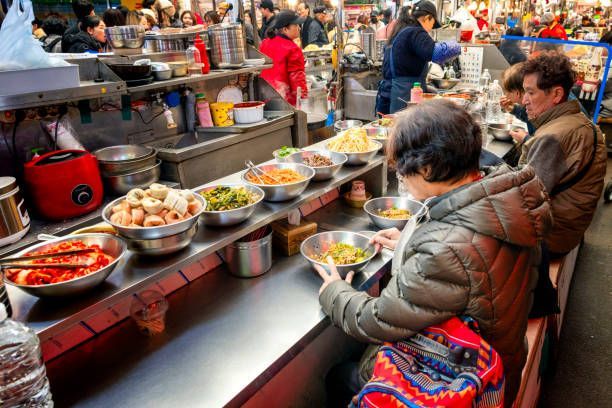The Essential Korean Pantry: 15 Must-Have Ingredients (and Where to Find Them in Miami)
Introduction: Unlocking Korean Flavors at Home
Craving the vibrant tastes of Korean cuisine inspired by your favorite K-dramas or K-pop playlists? Building a Korean pantry is your first step to recreating those iconic dishes! At Miami Kimchi, we’re here to guide you with 15 must-have ingredients, all sourced affordably in Miami. From spicy gochujang to savory kimchi, these staples will transform your kitchen into a Seoul-inspired haven. Curious about the gut-health perks of fermented foods like kimchi? Dive into our Health Benefits of Kimchi blog for the science behind the flavor!
This guide covers everything: what each ingredient is, how to use it, and where to find it locally at Miami Kimchi’s stores. We’ll also share beginner-friendly recipes and Miami-specific shopping tips to save you time and money. Whether you’re a novice cook or a seasoned chef, let’s stock your pantry and start cooking!
The Korean Pantry Essentials
A well-stocked Korean pantry is the heart of authentic home cooking. Below, we’ve grouped 15 essentials into categories, with details on their uses and where to snag them in Miami.
Sauces & Pastes
1. Gochujang
What It Is: Gochujang is a fermented red chili paste, blending sweet, spicy, and umami flavors. It’s a cornerstone of Korean cooking, used since the 16th century.
How to Use: Stir it into tteokbokki (spicy rice cakes) or mix with mayo for a burger kick. Try this quick sauce: blend 2 tbsp gochujang, 1 tbsp sesame oil, and 1 tsp honey.
Where to Buy: Miami Kimchi’s Hollywood store stocks Chung Jung One gochujang for $6.99 per tub.
2. Doenjang
What It Is: Doenjang is a fermented soybean paste with a nutty, savory profile, akin to miso but earthier. It’s a staple in Korean stews.
How to Use: Add 1 tbsp to soups like doenjang jjigae or spread on veggies for grilling. Mix with garlic and sesame oil for a dipping sauce.
Where to Buy: Find it at Pembroke Pines for $5.49—cheaper than Amazon’s $7 mark-up!
3. Soy Sauce
What It Is: Korean soy sauce (ganjang) is lighter and saltier than Japanese versions, brewed for clarity and depth.
How to Use: Use it in marinades or banchan (side dishes). For a quick dip, mix 2 tbsp soy sauce, 1 tsp sesame seeds, and a pinch of gochugaru.
Where to Buy: Grab Sempio soy sauce at Coral Springs for $4.99.
4. Ssamjang
What It Is: Ssamjang combines doenjang, gochujang, and sesame for a bold wrap sauce, perfect for BBQ.
How to Use: Spread on lettuce wraps with grilled meat or use as a veggie dip. Blend 1 tbsp ssamjang with 1 tsp rice vinegar for extra zing.
Where to Buy: Available at Miami Kimchi’s Palmetto Bay for $6.29.
Spices & Seasonings
5. Gochugaru
What It Is: Gochugaru is Korean chili flakes, offering smoky heat without overwhelming spice. It’s kimchi’s backbone.
How to Use: Sprinkle in stir-fries or make kimchi with our DIY guide. Mix 1 tbsp with oil for a drizzle.
Where to Buy: Get a 1-lb bag for $8.99 at Hollywood.
6. Sesame Oil
What It Is: Toasted sesame oil adds nutty richness, used sparingly as a finishing touch in Korean dishes.
How to Use: Drizzle over bibimbap or mix into namul (seasoned greens). Combine 1 tsp with soy sauce for a quick marinade.
Where to Buy: Ottogi sesame oil is $7.49 at Pembroke Pines.
7. Sesame Seeds
What It Is: Toasted sesame seeds bring crunch and subtle flavor to countless Korean recipes.
How to Use: Sprinkle on rice or grind into dressings. Toast 2 tbsp seeds for extra aroma before adding to salads.
Where to Buy: Only $3.99 at Coral Springs.
Noodles & Rice
8. Japchae Noodles
What It Is: Sweet potato starch noodles (dangmyeon) are chewy and gluten-free, ideal for japchae stir-fry.
How to Use: Boil for 6 minutes, then toss with soy sauce, veggies, and sesame oil. Add beef for heartiness.
Where to Buy: Find them for $5.99 at Palmetto Bay.
9. Short-Grain Rice
What It Is: Sticky short-grain rice is the base for bibimbap and kimbap, prized for its texture.
How to Use: Cook 1 cup rice with 1.2 cups water for perfect fluffiness. Use for rice bowls or sushi rolls.
Where to Buy: Kokuho Rose rice is $12.99 for 5 lbs at Hollywood.
10. Rice Cakes
What It Is: Tteok (cylindrical rice cakes) are chewy delights in dishes like tteokbokki.
How to Use: Simmer in gochujang sauce for spicy tteokbokki. Soak frozen tteok in warm water before cooking.
Where to Buy: $4.49 per pack at Pembroke Pines.
Fermented Staples
11. Kimchi
What It Is: Fermented cabbage or radish, kimchi is Korea’s national dish, packed with probiotics.
How to Use: Eat as a side, add to jjigae, or fry with rice. See our kimchi recipe blog.
Where to Buy: Miami Kimchi’s house-made kimchi is $9.99 at Coral Springs.
12. Fermented Soybean Paste
What It Is: A cousin to doenjang, this paste adds depth to soups and marinades.
How to Use: Stir into broths or glaze fish. Dilute 1 tbsp with water for a lighter flavor.
Where to Buy: $6.49 at Palmetto Bay.
Snacks & Extras
13. Roasted Seaweed
What It Is: Thin, crispy seaweed sheets (gim) are snacks or kimbap wrappers.
How to Use: Wrap rice for kimbap or crumble over soups. Brush with sesame oil for extra flavor.
Where to Buy: $2.99 per pack at Hollywood.
14. Banana Milk
What It Is: Sweet, creamy banana milk is a nostalgic Korean drink, loved by kids and adults.
How to Use: Sip chilled or blend into smoothies. Pair with spicy dishes to cool the palate.
Where to Buy: $1.99 per bottle at Pembroke Pines.
15. Rice Paper
What It Is: Thin rice sheets for wrapping veggies or frying into crispy snacks.
How to Use: Soak in water, then wrap with greens and ssamjang. Fry for crunchy chips.
Where to Buy: $3.49 at Coral Springs.
Miami-Specific Shopping Tips
Stocking your Korean pantry in Miami is a breeze with Miami Kimchi’s locations. Here’s how to shop smart:
- Price Comparison: Our gochujang ($6.99) beats Amazon’s $8.99 and Whole Foods’ $9.49. Soy sauce is $4.99 vs. $6.99 elsewhere.
- Seasonal Sales: Visit during April for 10% off gochugaru and kimchi at Pembroke Pines.
- Bulk Buys: Grab 5-lb rice bags at Hollywood to save vs. small packs.
- Local Advantage: Skip shipping delays—our stores in Coral Springs, Palmetto Bay, and Hollywood stock fresh inventory weekly.
Pro Tip: Ask our staff for pairing ideas—they’re Korean food enthusiasts!
5 Easy Korean Recipes for Beginners
Ready to cook? These recipes use your pantry staples and are perfect for newbies.
1. One-Pot Kimchi Jjigae
Ingredients:
- 1 cup kimchi
- 2 tbsp gochujang
- 1/2 block tofu, cubed
- 1 tsp sesame oil
- 2 cups water
Steps:
- Heat sesame oil in a pot over medium heat.
- Add kimchi and gochujang, stir for 2 minutes.
- Pour in water, bring to a boil.
- Add tofu, simmer for 10 minutes.
- Serve hot with rice.
Visual: Picture a steaming red stew, tofu floating invitingly.
2. 10-Minute Sesame Noodles
Ingredients:
- 4 oz japchae noodles
- 1 tbsp sesame oil
- 1 tbsp soy sauce
- 1 tsp sesame seeds
Steps:
- Boil noodles for 6 minutes, drain.
- Toss with sesame oil and soy sauce.
- Sprinkle sesame seeds on top.
- Serve warm or chilled.
Visual: Glossy noodles garnished with golden seeds.
3. DIY Kimbap
Ingredients:
- 1 cup cooked short-grain rice
- 2 seaweed sheets
- 1/2 cup pickled radish
- 1 tsp sesame oil
Steps:
- Spread rice on seaweed sheet evenly.
- Add radish strips in a line.
- Roll tightly, brush with sesame oil.
- Slice into rounds.
Visual: Colorful rolls stacked neatly on a plate.
4. Tteokbokki
Ingredients:
- 1 cup rice cakes
- 2 tbsp gochujang
- 1 tsp soy sauce
- 2 cups water
Steps:
- Boil water with gochujang and soy sauce.
- Add rice cakes, cook for 8 minutes.
- Stir until sauce thickens.
- Serve hot.
Visual: Bright red rice cakes in glossy sauce.
5. Ssamjang Lettuce Wraps
Ingredients:
- 1 tbsp ssamjang
- 1 tsp sesame oil
- Lettuce leaves
- Cucumber slices
Steps:
- Mix ssamjang with sesame oil.
- Spread on lettuce leaves.
- Top with cucumber slices.
- Wrap and eat fresh.
Visual: Vibrant green wraps bursting with flavor.
For more recipes, check our kimchi guide.
FAQs: Korean Pantry Essentials
Can I substitute Sriracha for gochujang?
Sriracha lacks gochujang’s fermented depth, sweetness, and sticky texture, which are crucial for dishes like bibimbap or tteokbokki. Gochujang’s unique blend of chili, glutinous rice, and soybeans creates a richer flavor profile. Visit Miami Kimchi’s Hollywood store for Chung Jung One gochujang at $6.99—it’s a pantry must-have worth the trip!
How long do Korean sauces last?
Gochujang, doenjang, and ssamjang last 1-2 years in the fridge if unopened, and 6-12 months once opened, thanks to fermentation. Store them in airtight containers to preserve flavor. Check our storage guide for tips on keeping your sauces fresh, including how to spot spoilage like mold or off smells.
Is Korean soy sauce different from other types?
Korean soy sauce (ganjang) is lighter, saltier, and less sweet than Japanese or Chinese versions, brewed for clarity and umami. It’s perfect for banchan or marinades. Grab Sempio soy sauce at our Coral Springs store for $4.99 to taste the difference in your next stir-fry!
Can I make kimchi without gochugaru?
Not authentically—gochugaru’s smoky, sweet heat is kimchi’s soul, unlike generic chili flakes that lack depth. It’s worth sourcing for the real deal. Stock up on a 1-lb bag for $8.99 at Hollywood and try our kimchi recipe for perfect results!
Are japchae noodles gluten-free?
Japchae noodles (dangmyeon) are made from sweet potato starch, making them naturally gluten-free and safe for celiac diets. Their chewy texture shines in stir-fries. Find them at Pembroke Pines for $5.99 and whip up a quick gluten-free dish tonight!
Where’s the best place to buy Korean ingredients in Miami?
Miami Kimchi is your go-to! Our stores in Hollywood, Pembroke Pines, Coral Springs, and Palmetto Bay offer fresher stock and lower prices than online retailers or big chains. Visit Palmetto Bay for gochujang, kimchi, and more, plus staff tips for your cooking adventures!
Can I freeze rice cakes?
Tteok (rice cakes) freeze well for up to 3 months in airtight bags, perfect for tteokbokki anytime. Thaw in warm water for 10 minutes before cooking to restore their chewy texture. Buy fresh packs at Coral Springs for $4.49 to stock your freezer!
What’s an easy Korean dish for beginners?
Sesame noodles are a 10-minute win, using japchae noodles, soy sauce, and sesame oil from your pantry. It’s forgiving for new cooks and endlessly customizable with veggies or protein. Try our recipe above or visit Pembroke Pines for ingredients to get started!
Conclusion: Start Your Korean Cooking Journey
With these 15 pantry essentials, you’re ready to whip up Korean dishes that rival your favorite K-drama feasts! From gochujang’s fiery kick to kimchi’s tangy crunch, Miami Kimchi has everything you need at prices that beat the competition. Visit our stores in Hollywood, Pembroke Pines, Coral Springs, or Palmetto Bay to stock up, or order online for South Florida delivery. Want a head start? Download our free Korean Pantry Checklist at Miami Kimchi and tag your creations with #MiamiKimchiKitchen!

